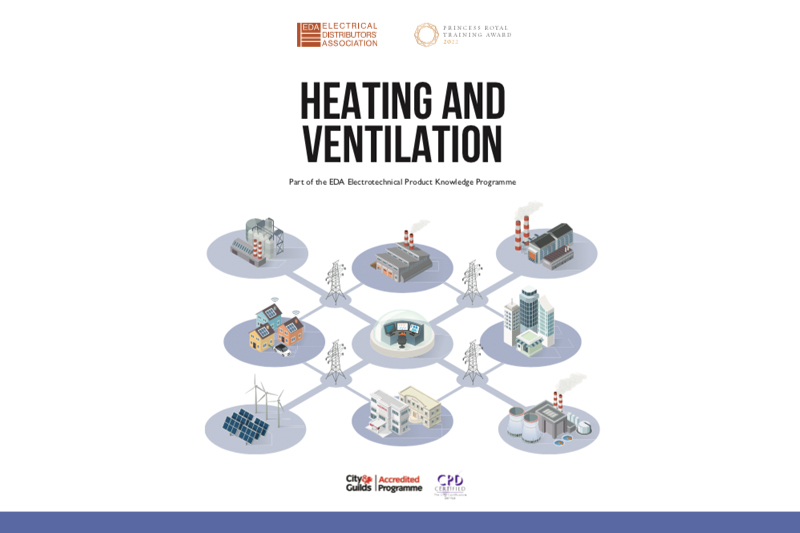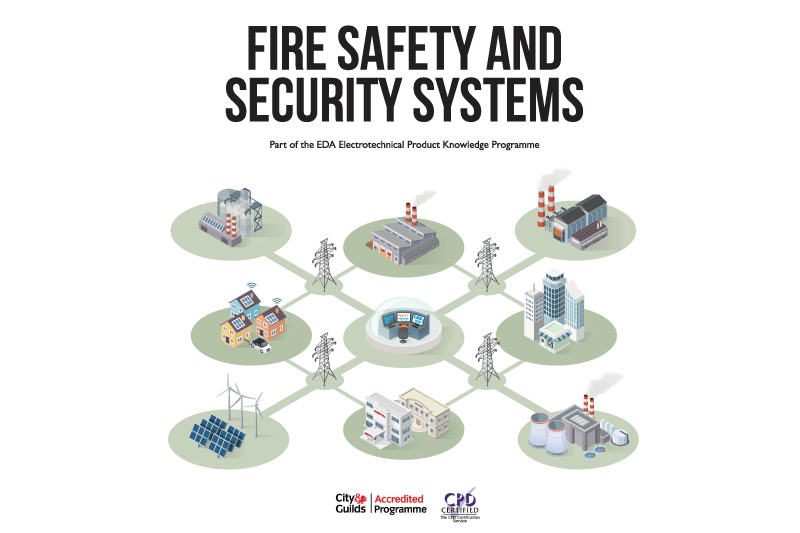You’re reading this because you probably already work in the UK’s electrotechnical sector, but have you stopped to think about what’s behind everything you make or sell?
An electrical force can store and transfer heat, generate heat and act with materials to produce light, transmit and receive radio waves, and produce really useful radiation such as x-rays and microwaves.
Understanding more about how electricity works is confidence-building knowledge which could help you talk the same language as your customers.
The EDA’s distance-learning training module ‘Introduction to the Principles of Electricity’ provides a solid foundation of knowledge upon which you can build. It’s one of 12 modules in the EDA’s Product Knowledge Programme.
Test your knowledge
So, grab a cuppa and have a go at our quiz which we’ve sampled from the training module. Better still, ask your colleagues to have a go too.
Check your answers below and if the results show that you need to boost your know-how, talk to the EDA today.
Professional know-how to drive sales
Improving your team’s technical know-how through the EDA’s training could unlock additional revenue for your business.
This training module covers:
- Introducing electricity
- Direct current and alternating current
- Electrical safety
- Ratings and markings of electrical equipment
- Introduction to low-voltage electrical installations
- Electricity and the environment
- Qualifications and accreditations for electrical installation work
Double accreditation for your peace of mind
The EDA Product Knowledge modules are both CPD and City & Guilds Accredited.
PROFESSIONAL TRAINING MADE EASY
There’s plenty of information available on the EDA Website including a downloadable Course Directory, giving you a summary of what’s covered in each of the 12 training modules. The EDA team is ready to help. Call 020 3141 7350 or email training@eda.org.uk
Your starter for 10
Q1: Give three examples of renewable generation?
Q2: Approximately what value of electrical current causes heart muscles to freeze and contract?
Q3: What equipment might you find at the origin of an electrical installation?
Q4: What types of protective device might be found in a modern consumer unit?
Q5: A product has 2kW on its rating plate. What does this mean?
Q6: When a 9V battery is used to power a light bulb, a current of 0.5 A flows through the bulb. What is the bulb’s resistance?
How did you do?
Full marks: fantastic, you’re entitled to call yourself Professor for the rest of the day.
3 – 5 out of 6: not bad. Could the EDA modules help you to fill in any gaps in your knowledge?
Less than 3: the Product Knowledge Modules could be just what you need to help give you more credibility with your customers and give your career that extra boost.
ANSWERS
Q1: Solar energy, wind power, tidal and wave power
Q2: 20 mA (0.020 A)
Q3: The supplier’s cut-out fuse and the electricity meter
Q4: MCBs, RCDs or RCBOs
Q5: The product may use up to 2,000 W of power
Q6: R = 18 Ω





